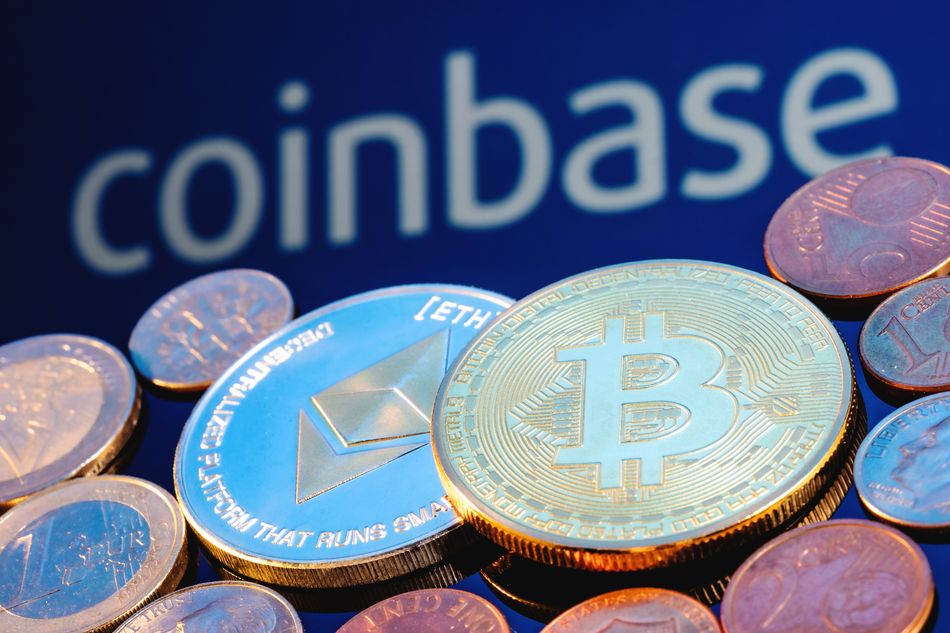Coinbase secures US$2.6bn from upsized double-zero CB

Coinbase Global raised an upsized US$2.6bn from a two-part sale of convertible bonds on Tuesday, contributing to a US$10bn war chest to grow the business while also prefunding debt maturities with lower-cost paper.
How low? Zero coupon, with stock dilution offset to double its current share price thanks to the purchase of an equity derivative.
JP Morgan and Citigroup responded to strong investor demand by increasing the size of the four-year and seven-year CBs to US$1.3bn from US$1bn. The four-year priced with a zero coupon and a 52.5% conversion premium, and the seven-year at a zero coupon, up 32.5%, after being marketed at fixed zero coupons and 50%–55% and 30%–35% conversion premiums.
The crypto exchange’s shares fell 6.3% on Tuesday to US$297.99, extending losses from the US$377.76 close on July 31 ahead of disappointing second-quarter results.
Coinbase cushioned any disappointment about selling at a depressed share price by spending US$194.4m of the proceeds on a capped call to increase the effective conversion price on the CBs up to a share price of US$595.98, well above the US$444.65 all-time high the stock traded at before the earnings release.
Coinbase’s CBs are among the most aggressively priced new issues ever.
Underlying the outcome, JPM and Citi guided accounts towards a credit spread of SOFR plus 175bp and implied vol of 57 in modelling the four-year CB, and SOFR plus 250bp and 55 on the seven-year.
The stock has realised vol of nearly 90 over the past 200 days but investors historically have capped vol at 40. Companies as large as Coinbase, with an almost US$80bn market cap, are unlikely to achieve near-60 implied vol over the next four to seven years.
“Obviously, I would rather them not sell at such a high implied vol, but I am biased,” said one convert arbitrage fund manager shortly after the deal launched. “But I do think this offering will appeal to outright investors.”
Regardless, this is no-cost debt. For comparison, bitcoin hoarder Strategy raised US$3bn on a zero-coupon five-year CB priced in November at a 55% conversion premium to its share price at the time, while in the near-zero interest rate environment of 2021, Peloton Interactive secured US$1bn at a zero coupon, up 65%. The premium on those Peloton bonds is now 3,300%.
Disappointing
The disappointing second quarter saw Coinbase churn out US$512.1m of adjusted Ebitda on a 26.4% sequential decline in revenue to US$1.5bn, versus the US$641.1m and US$1.6bn analyst consensus, according to LSEG data.
“As expected, second-quarter trading volume was muted,” wrote William Blair analyst Andrew Jeffrey in a note to clients on August 1. “The crypto ecosystem is ascending and Coinbase is the leader. As with most nascent technologies, the road to the top is paved with potholes and marked by fits and starts as participants adapt to external changes and invest for durable leadership.
“The bottom line for us is that long-term investors should aggressively accumulate as the company builds the most complete, versatile and hardened crypto platform.”
Nominally, Coinbase could use the money to repurchase portions of a US$1.4bn principal 0.50% CB or a US$1.265bn 0.25% CB that are convertible at US$370.45 and US$333.54, respectively, and mature in June 2026 and 2031. Other targets could include US$2bn of 3.375%/3.625% high-yield bonds.
The new CBs are lower cost than the high-yield bonds, even after factoring in money spent on the capped call.
Coinbase, which benefits from strategic tie-ins and ownership of USDC stablecoin provider Circle Internet, is still in the early stages of building its crypto trading platform.
In May, it agreed to buy crypto derivatives exchange Deribit for US$2.9bn in cash and stock, a deal that is expected to close by the end of the year. The move towards long-dated derivatives and new fee-related services should lead to less volatile operations.





